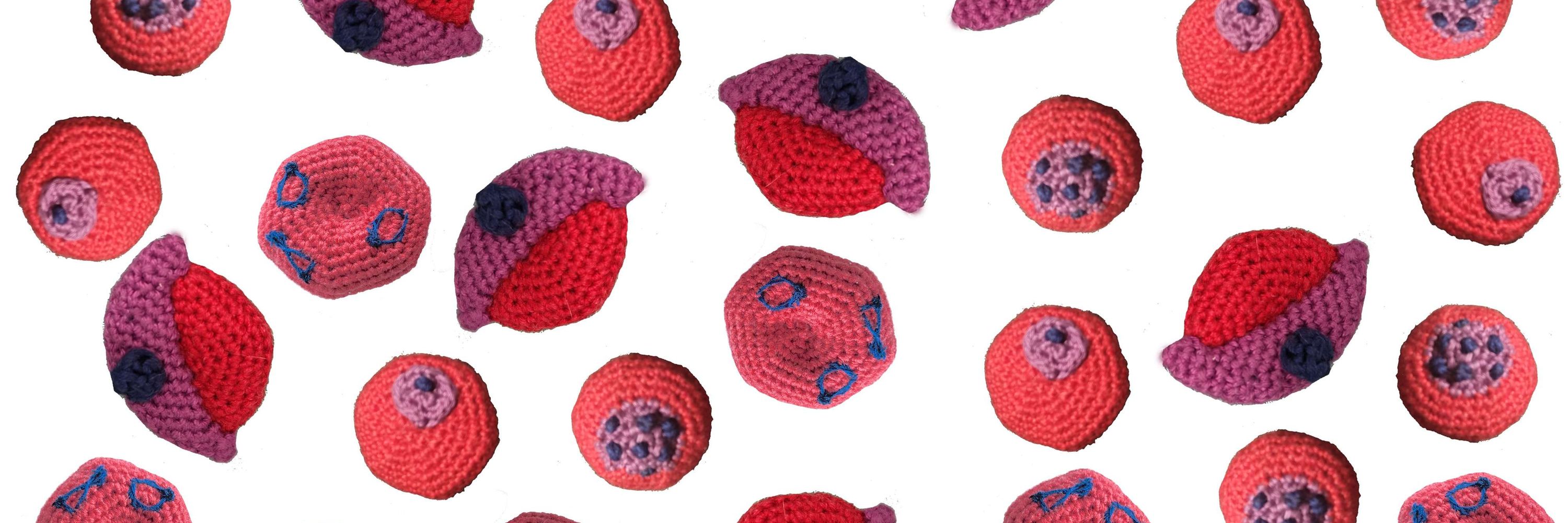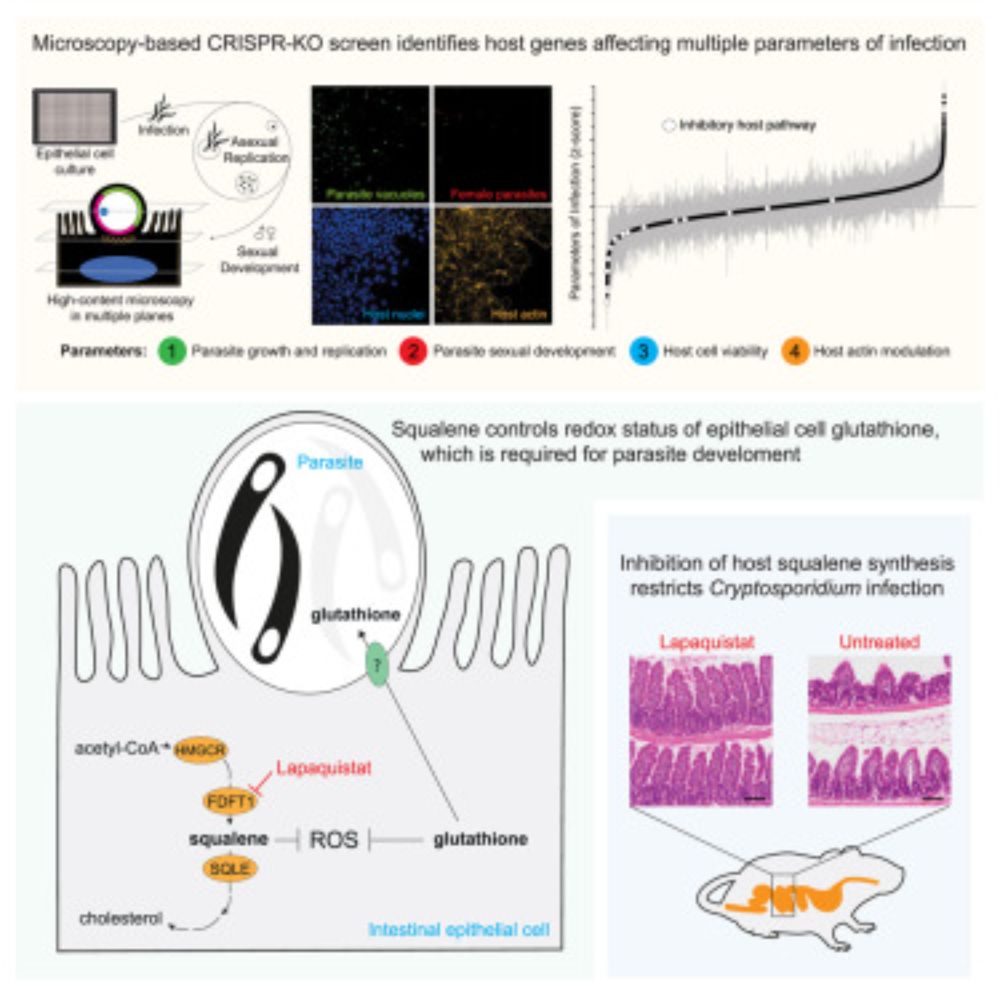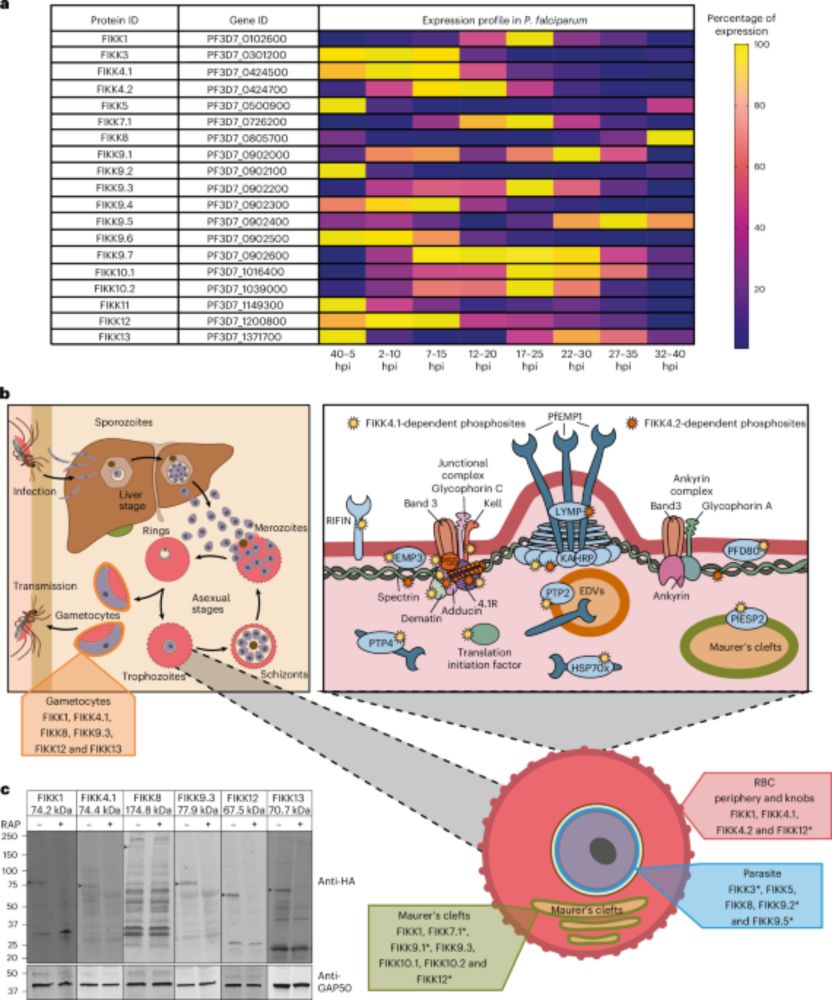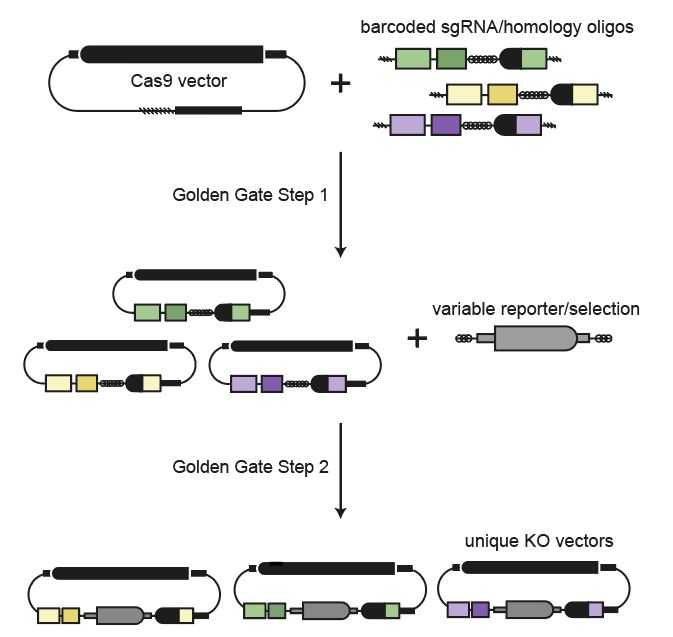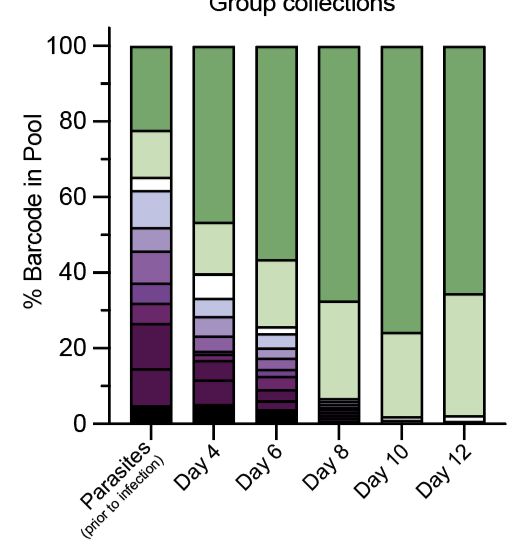@stephanienofal.bsky.social
180 followers
240 following
6 posts
Wellcome Trust Early Career fellow at the Gulbenkian Institute for Molecular Medicine in Lisbon, working on host cell remodelling by P. falciparum gametocytes
Posts
Media
Videos
Starter Packs
Reposted
Sateriale Lab
@saterialelab.bsky.social
· Aug 20

Targeted CRISPR screens reveal genes essential for Cryptosporidium survival in the host intestine - Nature Communications
Cryptosporidium is an important threat to public health, yet it lacks a robust genetic toolkit. Here, Watson et al. introduce a targeted CRISPR-based screening method to identify parasite genes that a...
www.nature.com
Reposted
Reposted
Reposted
Francesca Torelli
@fratorelli.bsky.social
· Apr 16

GRA12 is a common virulence factor across Toxoplasma gondii strains and mouse subspecies - Nature Communications
CRISPR screens reveal Toxoplasma’s GRA12 as a strain- and mouse species-transcendent virulence factor. GRA12 protects parasites from IFNγ-activated macrophage clearance and parasitophorous vacuole col...
www.nature.com
Reposted
Sateriale Lab
@saterialelab.bsky.social
· Feb 26

Cryptosporidium modifies intestinal microvilli through an exported virulence factor
Cryptosporidium is a common intestinal infection of vertebrates and a significant threat to public health. Within the epithelial layer of the intestine, the parasite invades and replicates. Infected cells are readily detected under the microscope by the presence of elongated microvilli, particularly around the vacuole where the parasite resides. Here, we identify a family of Cryptosporidium virulence factors that are exported into the host cell during infection and localise to the microvilli. We examine the trafficking and function of the most highly expressed family member, MVP1, which appears to control the elongation of microvilli through engagement of host EBP50 and CDC42. Remarkably, this mechanism closely mirrors that of an enteropathogenic Escherichia coli virulence factor, MAP, which is also known to drive host microvilli elongation during infection. This highlights a unique instance where eukaryotic and prokaryotic virulence factors have convergently evolved to modulate host actin structures through a similar mechanism. ### Competing Interest Statement The authors have declared no competing interest.
www.biorxiv.org
Reposted
Reposted
Reposted
